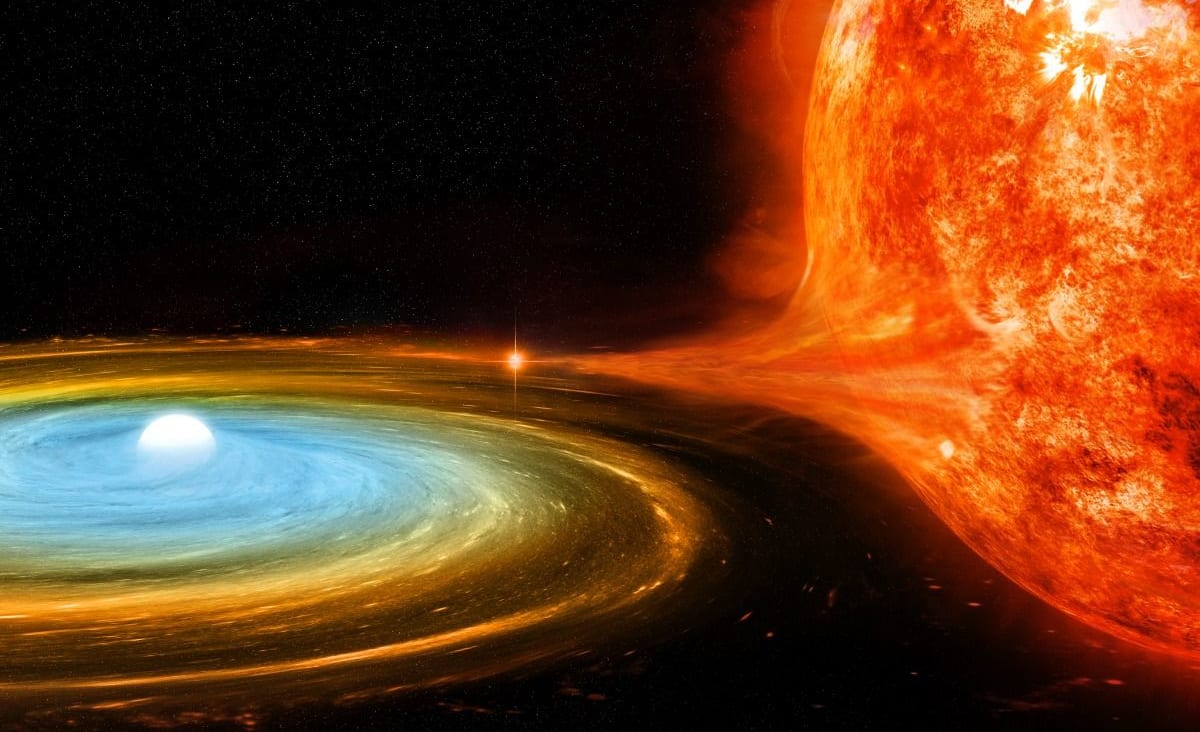
www.space.com
Scientists spot elusive mini red giant stars, victims of stellar stealing
A tug-of-war between neighboring stars led to the formation of two strange types of red giant star, as seen in the eyes of a lost telescope.
Science & Tech
A tug-of-war between neighboring stars led to the formation of two strange types of red giant star, as seen in the eyes of a lost telescope.
Astronomers reported finding 40 examples of two different varieties of slimmed-down red giant stars. Scientists expected that such objects existed, since red giants are often in binary systems next to the dense core of a dead star, called a white dwarf, that can sometimes be a greedy neighbor. (These mismatched pairs arise because red giants form together; then, late in their lives, each sheds its layers of gas to become a white dwarf.)
"It’s like finding Waldo," Yaguang Li, study lead author and a Ph.D. candidate at the University of Sydney in Australia, said in a statement. "We were extremely lucky to find about 40 slimmer red giants, hidden in a sea of normal ones."
The slimmed-down stars popped up in archival data gathered by NASA's exoplanet-hunting Kepler space telescope, whose main mission ran from 2009 to 2013. (Kepler conducted an extended mission after that and was retired in late 2018.) During that period, Kepler was pointed continuously at a spot in the constellation Cygnus, allowing it to measure brightness variations in tens of thousands of red giant stars, the same category that our sun will become when it ages.
Revisiting these observations, the team found two kinds of unusual red giant stars: one with lower masses and one that shines less brightly.
The very low-mass stars contain only about half the mass of the sun. Given the typical size of a red giant star, the researchers said this mass loss could only be explained in one of two ways. One would be very slow and gradual loss, but that process would take longer than the age of the universe (13.8 billion years) and thus be impossible.
That left what the team referred to as a "greedy neighbor," meaning a white dwarf pulling mass away from the red giant, as the only possible explanation for low-mass red giants.
Read more:
https://www.space.com/mini-red-giant-stars-kepler-space-telescope
























































